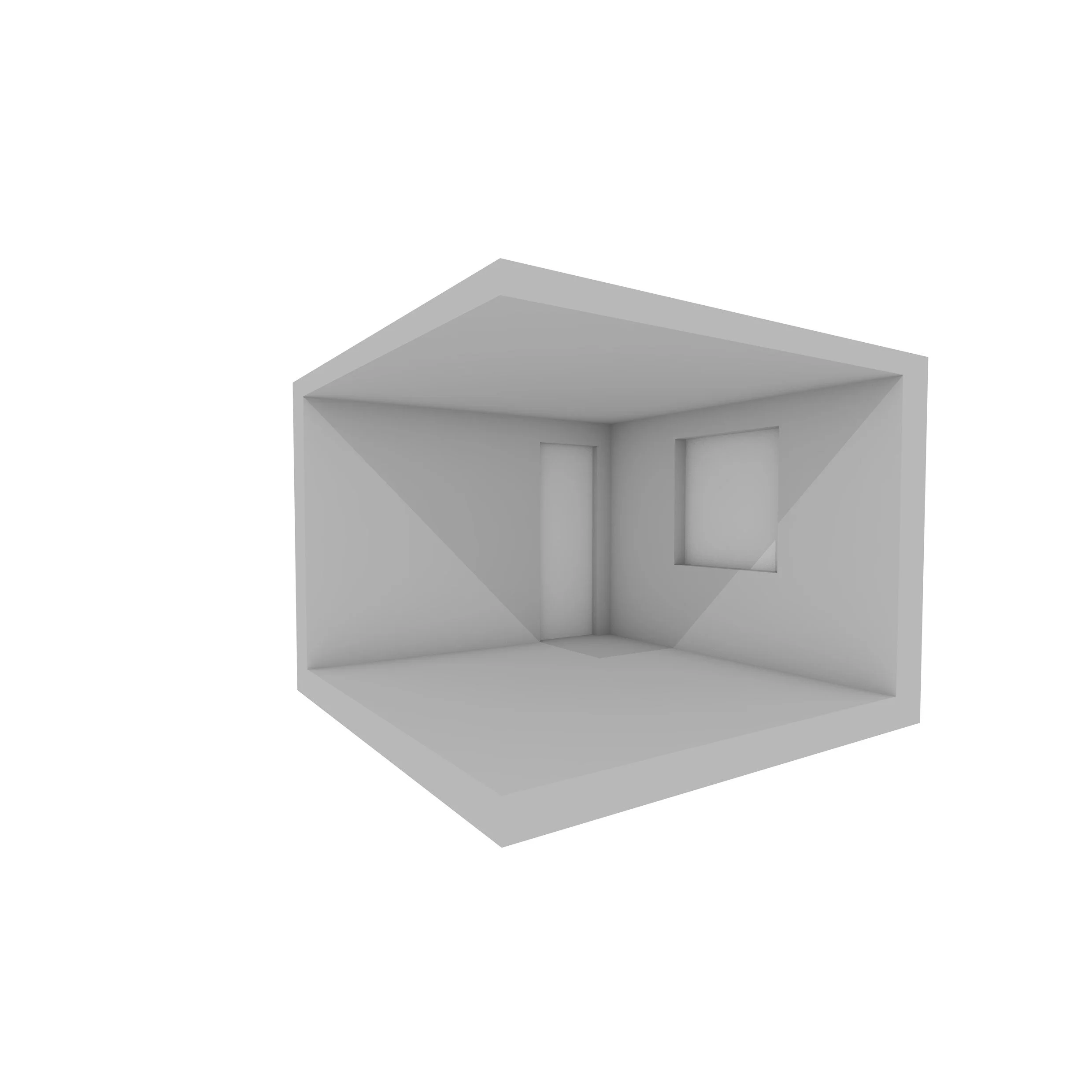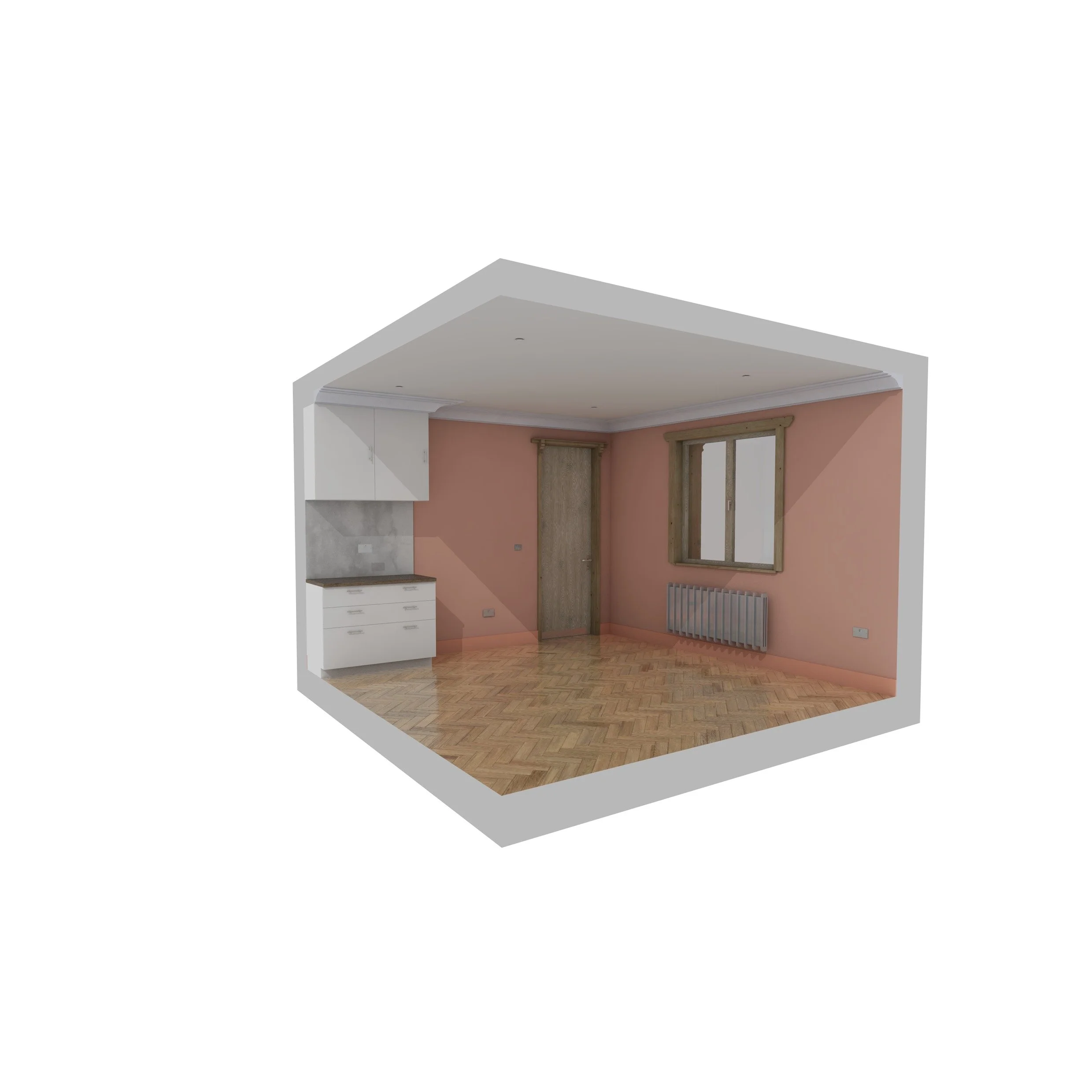Levels of Detail Explained
The BIM models LA London produces can be at a range of ‘Levels of Detail’ (LODs) to suit the specific project. This means exactly what it suggests – it’s the amount of detail we show in our models and resulting drawings.
Depending on the complexity and scope of a project, the Level of Detail can range from a pre-design conceptual model to a highly detailed, “as-built” model that can be used in perpetuity by facility managers post-construction.
LA London Associate and Director of Surveys, Cristian Tudose answers some common questions to help you determine the appropriate Level of Detail for your project:
What are the different Levels of Detail?
In Building Information Modelling (BIM) standards, there are generally six levels of detail, ranging from LOD 100 to 500.
Here is an overview of what they mean and the stage in a project at which they are used:
LOD 100
An LOD 100 model provides a pre-design level of detail. It is a conceptual model that defines parameters like height, area, volume, orientation and location. Any information in the model is considered an approximation at this level.
LOD 200
This is the schematic design level of detail. An LOD 200 model shows geometric elements such as doors and windows with more accuracy than LOD100 but not necessarily accurate to specific products.
An LOD 200 model may also include non-geometric information such as defined materials and equipment, but this is considered an approximation at this stage.
LOD 300 and 350
The majority of our measured surveys and resulting models are carried out at either LOD 300 or LOD 350, which is the building design development stage. The geometry and features of the graphical representations are considered precise at LOD 300 and 350 compared to the more approximate representation of LOD 200.
An LOD 300 or 350 model shows how an element will be installed. At LOD 350, it also shows how it interacts with other elements in the building.
LOD 400
An LOD 400 survey is the construction stage and includes even more visual information at a fabrication level of detail. An LOD 400 model is useful for suppliers who are manufacturing elements such as custom staircases, floor finishes and joinery. We often take our models to LOD400, especially where a complex degree of coordination between different building elements is necessary.
LOD 500
This provides an as-built level of detail and shows building elements that are accurate in terms of shape, size, quantity, orientation and location post-construction. LOD 500 models can be useful for sales and marketing purposes as well as ongoing property maintenance, especially for buildings with full-time facilities management.
What’s the difference between LOD 300 and LOD 350?
An LOD 350 provides precise geometry with connections. Like the LOD 300, elements within the model are graphically represented in terms of their geometry. The LOD 350 goes a step further, however, by showing how they interact with other building systems.
Why would I want LOD 400 instead of LOD 300?
While the majority of our project models arebuilt at LOD 300 or 350, there are occasions when LOD 400 is needed.
For a recent project, for example, LA Surveys were surveying a building that had steelwork connections, with 12 bolts per connection. The lowest point of these bolts was going to dictate the ceiling height in each room. In this instance, it was crucial to include this additional level of detail so we could provide accurate measurements that would allow the Architect (not LA London on this occasion) to set the ceiling heights.
Visible steelwork connections in a recent project
If you’re unsure what Level of Detail your project will require, the teams at LA London and LA Surveys can advise you.
For more information on how LA London utilise BIM or to discuss your project, please contact us.







